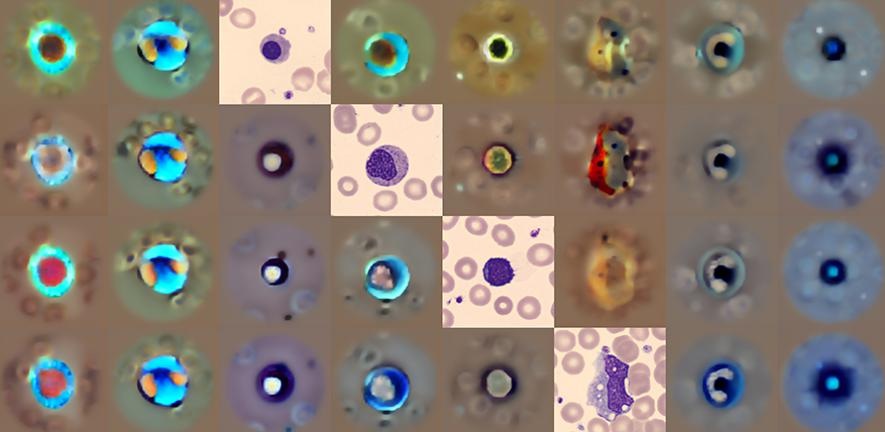New AI-Based Method Effectively Identifies Disease Phenotypes Using Light-Based Imaging
Posted on 15 Jul 2025

Precision medicine, where treatment strategies are tailored to a patient's unique disease characteristics, holds great promise for cancer therapy. However, identifying disease phenotypes, which are critical for choosing the most effective treatments, remains a significant challenge. Current methods to identify these phenotypes often require expensive tests, including molecular markers, special stains on tissue samples, or genetic sequencing, which are not always accessible to all patients. This lack of affordable and efficient tools limits the potential benefits of precision medicine for many. Now, researchers have developed a faster and more cost-effective method to identify disease phenotypes in pancreatic cancer.
The new method for disease phenotyping was developed by researchers at the University of Arizona (Tucson, AZ, USA) using label-free optical microscopy and artificial intelligence (AI). The team employed spatial transcriptomics technology to generate spatial maps of gene expression in tissue, helping to understand the disease's behavior. The researchers then used label-free optical microscopy to capture images based on natural fluorescence and second harmonic generation, which is produced by structural proteins like collagen. These images were co-aligned with spatial transcriptomic data to create a comprehensive view of the tissue's phenotype. An AI algorithm, specifically a deep neural network, was trained to predict the tissue's phenotype based solely on these optical images, demonstrating the feasibility of AI-based methods for disease phenotyping.
The new method was able to predict tissue phenotypes with nearly 90% accuracy, marking a significant step forward in applying AI to precision medicine. The research also highlighted that classical image analysis methods were insufficient for predicting phenotypes, underlining the importance of AI-based approaches in linking optical images to disease mechanisms. The findings, published in Biophotonics Discovery, suggest that this method could potentially replace expensive and complex tests with simple light-based imaging and AI analysis. This breakthrough could make precision medicine more accessible and effective in the future. The researchers plan to continue refining this method and explore its broader applications across various types of cancer and other diseases.














